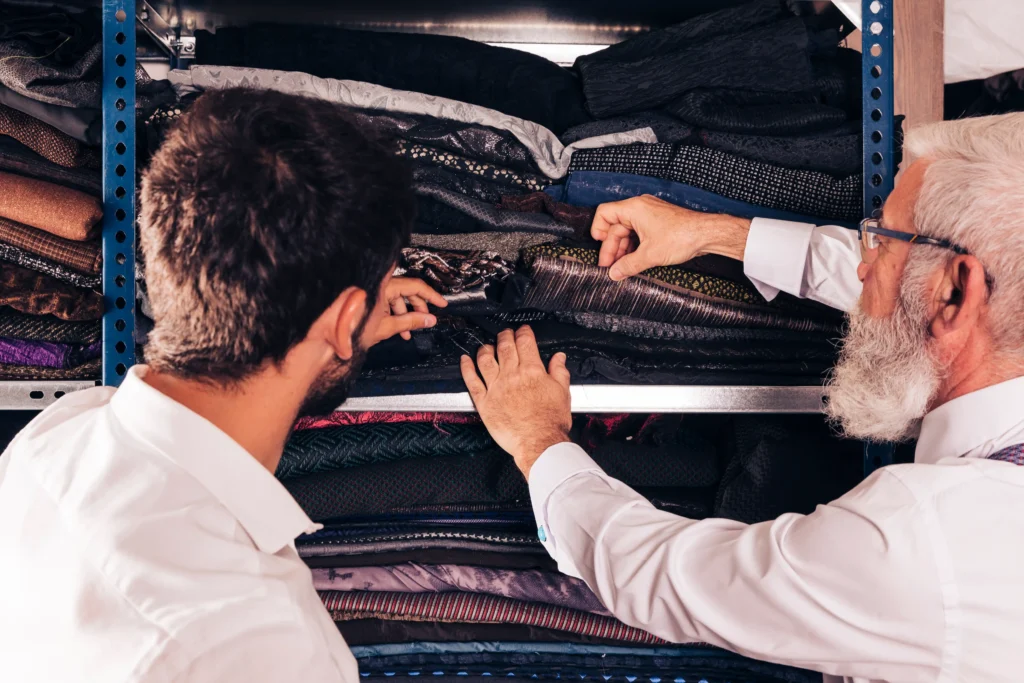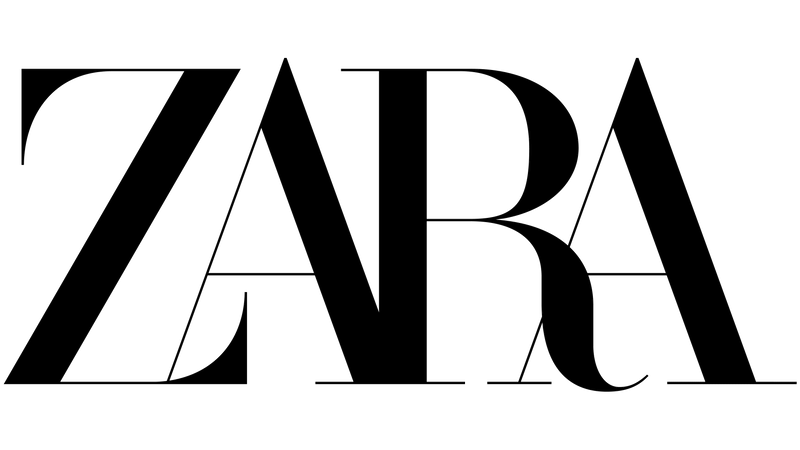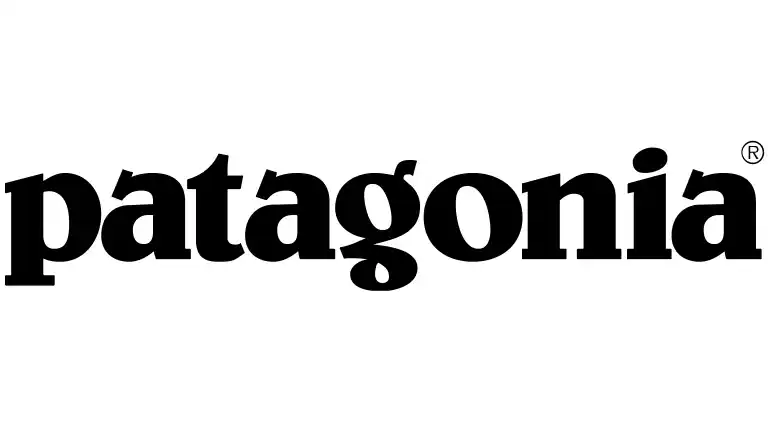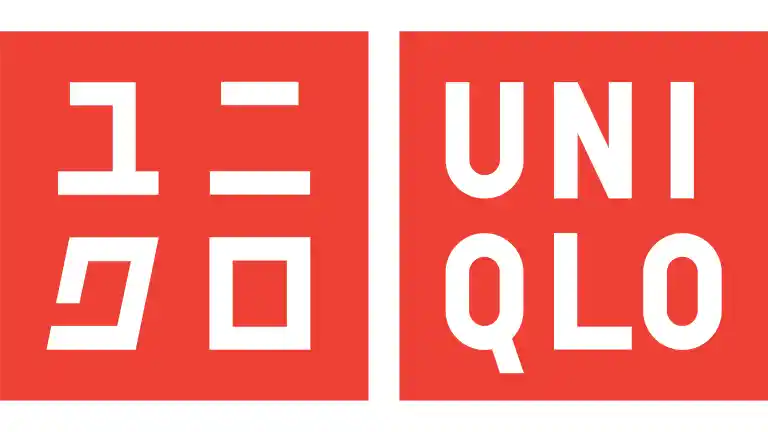Efficiency and control have become crucial in the modern fashion industry, and nothing has been quite so modern as vertical integration as an agent of change in business operations in the apparel industry. By taking charge of several stages of production and distribution, companies revolutionize apparel-manufacturing trends, making them profitable yet sustainable.
Maker’s Row makes apparel manufacturing easier when it comes to vertical integration; this service links brands with reliable and trusted manufacturers throughout the supply chain. It lets out a final production—from sourcing raw materials—and its platform ensures transparency with quality assurance and seamless communication, enabling businesses to bring their services back in line with modern apparel manufacturing trends for efficiency and sustainability.

Credits: Freepik
Vertical Integration Defined
Vertical integration is a business strategy and one of the apparel manufacturing trends in which the company will take charge of processes of its production or supply chain. In apparel production, this could mean owning the farms growing the cotton, the factories fabricating the fabric, and the shops selling the finished clothes. This way dependency on outside suppliers can be minimized, and a great deal of control would be exerted over quality, costs, and delivery times.
Vertical integration, in the past, was the privilege of huge corporate firms, primarily because owning and managing different operations required a lot of capital. But with the latest apparel manufacturing trends, vertical integration will also find its way to small and medium-sized enterprises (SMEs).
Why Vertical Integration is Gaining Popularity
There are several reasons that are converging to put vertical integration in the apparel industry:
1. Need for Speed
The modern consumer calls for fashion trends to be quickly delivered from production houses to stores near them. By overseeing every detail of production, companies employing vertical integration can boast that they have the agility needed in today’s fast-fashion era to answer market needs.
2. Assured Quality
The companies that control their production can guarantee the same high quality in the products for every batch. This is especially important to very high-end fashion because it hinges on the perfection of its brand name.
3. Cost Effectiveness
Ownership of the production chain does away with the middlemen and saves costs. Although most often, the initial investments in vertical integration are expensive, the result of cost savings in manufacturing and distribution is realized over time.
4. Sustainability
Over time, environmental concerns have become one of the major concerns in the apparel manufacturing industry. Vertical integratoration can apply these eco-friendly practices up to the supply chains, such as using organic materials or decreasing waste, which will sell more to the increasingly eco-aware market.
Examples of vertical integration in apparel manufacturing trends
These are some of the major brands that have resorted to vertical integration to keep up the pace ahead of others:

Credits: ShopLook
Zara: Zara is known for its super-speedy supply chain; it has total control of its design, manufacturing, and selling processes. Because of that reason, Zara is capable of introducing its collections in just weeks, creating a standard for fast fashion.

Credits: 1000logos
Patagonia: By managing every step from sourcing sustainable materials to product delivery, Patagonia readily shows how vertical integration can be emulating sustainability goals.

Credits: 1000logos
Uniqlo: The Japanese company works closely with textile manufacturers and controls all production to keep its products affordable and quality.
These examples certainly show how vertical integration intends efficiency, quality, and current trends in apparel manufacture.
Challenges of Vertical Integration
While the benefits of vertical integration are very clear, there are some challenges to it as well.
1. High Initial Cost
Vertical integration requires a very high capital investment in setting up operations. It requires significant investment for facilities and machinery, as well as logistics infrastructure, which can deter many beginners.
2. Complexity
Having to manage many activities makes having to deal with different stages of production very complex. From purchasing to customer service, the business needs to comprise such a wide range of skills.
3. Concentration of Risks
Vertical integration may expose companies to risk if one component of the complete chain performs poorly because being fully operational is dependent on internal means. Thus, for example, a delay in production in one factory can affect the entire job.
Vertical Integration in the Future of Emerging Apparel Manufacture Trends
The trend of vertical integration in the field of apparel manufacturing captures the attention of manufacturing houses in the present times. Here are the ways this strategy will revolutionize the future:
1. Manufacturing on-demand: Brands can create on-demand manufacturing under vertical integration since they will produce goods only after receiving orders. This would result in a decrease in the production of unnecessary stock and thus fit well in the objective of sustainability.
2. Technological Integration: Companies have adapted information technology for the streamlining of vertically integrated operations. Process optimization, customer transparency, and trust enhancement are aided by automation, artificial intelligence, and blockchain.
3. Local Production: Also, localized operations can be set up in an organization to reduce possible risks, as vertical integration has a tendency toward local, localized operations that provide support for small economies.

Benefits for SMEs
Vertical integration was something that only larger companies could deal with, but small and medium size companies are now into this model thanks to tools and innovations. This is how small businesses can benefit from vertical integration:
1. Customization
Because an SME is capable of controlling its supply chain, it customizes product offerings to niche markets and differentiates itself.
2. Flexibility
Without having to rely on third-party suppliers, they remain one of the most flexible and fastest adapters to changes in trends of design and manufacturing in the apparel industry.
3. Brand Loyalty
Brands tend to be patronized more by consumers when it is evident that they are maintaining transparency in operations. Vertical integration enables SMEs to disburse messages on value and ethics in a very responsible way.
The Role of Sustainability
One of the major and most influential trends in today’s apparel manufacturing trends is the way into sustainability integration. By owning their supply chains, companies ensure:
- Minimal waste production is associated with the manufacturing cycle.
- Fair treatment for workers.
- Sustainable materials are being used.
Brands like Everlane and Eileen Fisher are great examples of how vertical integration complements sustainability while proving that profits can be made alongside doing things the right way.
Future of Veritcal Integration
Vertical integration is transforming the apparel industry. As more and more companies now realize the potential of this arrangement, it will soon be an accepted strategy for driving innovation, efficiency, and sustainability. While not without challenges, these are offset by the myriad advantages that come from adopting this arrangement, making it one of the key apparel manufacturing trends in the modern fashion industry.
Due to this, in the coming years, vertical integration will increasingly be accepted, supported by the latest improvements in technology and changing consumer preferences. From multinational corporations to small, flourishing start-ups, vertical integration serves as a means to growth and survival in this fast-changing market.
Vertical Integration with Maker’s Row
Maker’s Row encourages brands to slowly adapt vertical integration using its network of vetted manufacturers, suppliers, and service providers. It gives access to tools that can streamline sourcing, production, and logistics and align them to make the process of procuring resources transparent and quality-assured across the entire supply chain.
With Maker’s Row, brands can take control of more functions in their businesses rather than having to rely on third-party intermediaries, thus keeping them ahead of the game when the course of apparel trend adjustment comes.
From smaller start-ups to larger and more well-established brands, Maker’s Row holds open a form of contact for all these businesses, in addition to having sustainable practices, tailored solutions, and efficiencies in their services, making vertical integration practical for everyone at lower costs. It is the total source for the modern apparel business.

Conclusion
Veritical integration is changing how apparel companies do business in significant ways. Expanding the efficiency, sustainability, and profitability of organizations will streamline operations while aligning companies with modern apparel manufacturing trends.
Vertical integration is what will define brands in the future when fashion continuously evolves the market—whether it is a fast-fashion giant or a niche sustainable brand. There is basically no end to the growth and innovation that can be achieved with this technique.
Read more…
